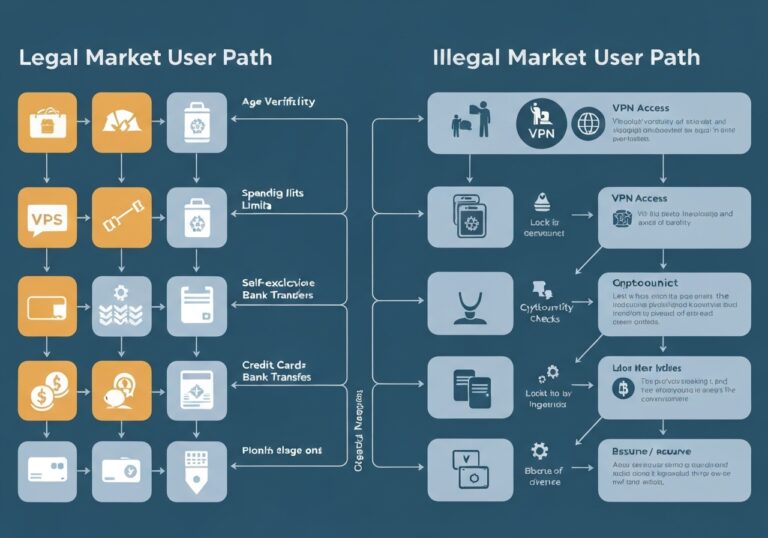Inside Manila’s Casino Dealer Cheat Groups
Smart Casino Fraud Plans Laid Bare
A big group of bad casino dealers emerges in Manila’s top gaming spots, executing cheats using smart tricks. These plans often involve 6-8 linked dealers operating across various teams, with secret communication and safe drop spots within casino premises.
Order and How They Learn
The cheat group maintains a strict order of roles, where experienced cheats teach new recruits smart tricks, such as:
- Card trick moves
- False shuffle tricks 토토 후기 모음
- Secret hint systems
Experienced individuals target high-value players, while newcomers remain low-profile at other tables.
Across Many Casinos
Clever Trick Ways
The group employs clever strategies like:
- Altered dealer tools
- Marked cards
- Set hand signals
- Smart timing techniques
Money Clean Set-Up
The operation extends beyond game floors with methods such as:
- Cryptocurrency exchanges
- Restaurant fronts
- Money laundering networks
Keeping Safe and Tight
The group stays protected through stringent confidentiality rules, limiting knowledge to close circles. This careful structure prevents detection and enables operations across various Manila gaming venues.
False Shuffle Techniques
Learn About False Shuffle in Casino Safe Work
Known False Shuffle Types in Today’s Games
Card trick methods pose a significant challenge for casino security. Three main false shuffle techniques are of concern: the strip-out, the slug, and the crimp.
The Strip-Out Technique
The strip-out trick involves dealers retaining specific card sequences during shuffling, simulating thorough deck mixing while secretly maintaining order.
The Slug Trick
Slug techniques allow dealers to preserve card sequences, giving the appearance of normal shuffles. This subtle method arranges crucial cards strategically, compromising game integrity.
The Crimp Move
The crimp trick involves slight card bending for tracking and controlling shuffle outcomes. It’s the most sophisticated method used for deceit.
Challenges in Detection
Modern false shuffle techniques incorporate careful timing and maneuvers. Dealers might create diversions, like dropping chips or engaging players, complicating security efforts. Enhanced surveillance technologies are required to counter these refined tactics.
Secret Card Mark Signs
Know How Casinos See and Stop Card Marks
Recognized Card Marking Techniques
Card marking techniques have evolved, demanding continuous improvement in detection methods. Casino security focuses on identifying light alterations, such as press marks or tiny indentations, on cards.
Enhanced Detection Methods
Marking typically involves subtle pressure techniques during normal card handling. Security teams monitor for irregular dealing behaviors indicative of card marking attempts. Surveillance technologies employ advanced lighting and camera systems to detect reflective and UV-active substances.
Safety Measures and Prevention
Casinos implement multi-layered safety measures focused on deck integrity checks and dealer monitoring. Routine deck changes, specialized card inspection tools, and enhanced security training form part of prevention strategies. Surveillance technologies advance with high-resolution imaging capable of detecting minute card alterations.
Player-Dealer Cheat Rings
Know About Casino Cheat Rings: Detection and Prevention
Smart Cheat Groups in Modern Casinos
Player-dealer cheat rings present a significant threat to casino security. These organized operations use systems of signals, timing, and orchestrated displays to skew game outcomes in their favor.
Common Deceptive Strategies
Intricate methods include card manipulation and signal systems. Corrupt dealers reveal card values subtly while executing false shuffles that maintain deck order. Collaborating players leverage this privileged information for strategic betting.
Operational Dynamics
Cheat rings adapt by rotating personnel. Key elements include:
- Targeting multiple tables
- Strategically positioning players
- Using genuine players as cover
- Coordinated bet strategies
- Cross-table communication setups
High-Risk Game Categories
Table games most vulnerable to cheating operations include:
- Baccarat Psychology of a Poker Tilt: How to Avoid Emotional Implosion
- Blackjack
- Poker, particularly when covering hidden card information
Financial Loss Implications
Financial damage from organized cheat rings can be substantial. Efficient operations may generate $50,000-$100,000 per event through exploiting game vulnerabilities and insider assistance.
Detection and Prevention Tactics
To mitigate these risks, modern casinos employ:
- Advanced surveillance systems
- Pattern recognition technologies
- Frequent dealer rotations
- Rigorous procedures and controls
- Real-time betting pattern monitoring
